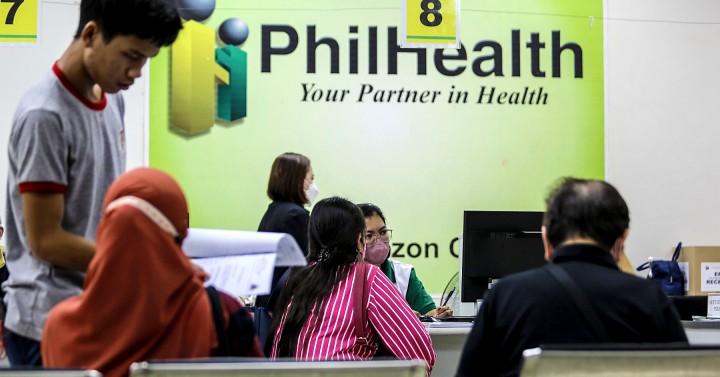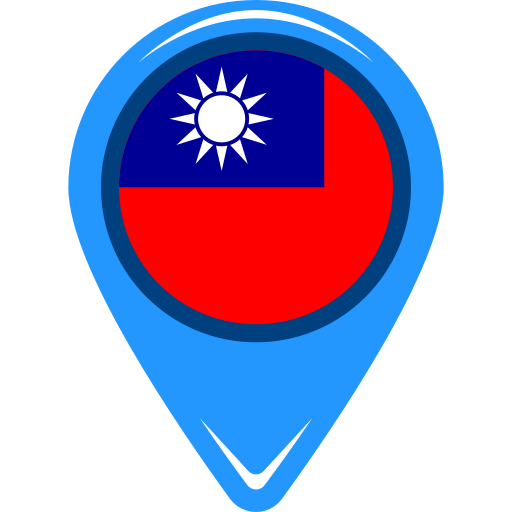When I first moved to Taiwan, I thought PhilHealth was something I’d only worry about once I was back home in the Philippines. But after seeing a fellow OFW go through an unexpected medical emergency, I realized how important it is to keep my membership active—even if I’m thousands of kilometers away.
If you’re working here, you might be wondering: Can I still use my PhilHealth benefits? How do I pay contributions? What happens if I get sick while abroad? I’ll walk you through everything I’ve learned so you can avoid surprises when you need help the most.

Understanding PhilHealth as an OFW
PhilHealth is our national health insurance program, offering financial help for hospitalizations, outpatient care, maternity services, and even coverage for major illnesses. As OFWs, we’re included in their membership categories, but the key is keeping our contributions updated.
The truth is, most of the benefits can only be used in accredited hospitals back in the Philippines. But that doesn’t mean it’s useless while we’re in Taiwan. If you maintain your membership, you’re covered when you go home—or you can even claim reimbursements for certain hospitalizations abroad.
Step 1: Keep Your Membership Active
You need two things to access PhilHealth benefits:
- A valid PhilHealth Identification Number (PIN) – If you don’t have one yet, you can register online through the PhilHealth Member Portal or at any PhilHealth office when you’re in the Philippines.
- Updated contributions – Without them, you won’t be able to file claims.
Here in Taiwan, I pay my contributions through accredited remittance centers and partner banks. The Bank of Commerce, for example, has arrangements that let us remit directly to PhilHealth. You can also use some online payment platforms linked to their system.
Tip: Always keep your receipts or screenshots of payment confirmation. PhilHealth sometimes takes a while to update your records, and you’ll need proof of payment for claims.
Step 2: Know the Contribution Rates
For 2025, PhilHealth’s contribution rate for self-employed and OFWs is 5% of your monthly income, with set minimum and maximum amounts. You can choose to pay monthly, quarterly, semi-annually, or annually.
Personally, I prefer paying annually before my trip home. It saves me time, and I don’t have to think about it every month.
Step 3: How to Use PhilHealth While in Taiwan
Here’s the thing—PhilHealth benefits are mainly for treatments done in the Philippines. But if you get hospitalized in Taiwan, you can still apply for reimbursement based on Philippine benefit rates.
The process is straightforward but requires effort:
- Gather Documents from the Hospital
- PhilHealth Claim Form 1 (download from their website)
- Medical certificate or hospital abstract in English
- Statement of account and itemized billing in English
- Operative report (if applicable)
- Submit Within 180 Days
- You (or a representative in the Philippines) must file the claim at the nearest PhilHealth office within 180 days after discharge.
- Wait for Reimbursement
- The amount will depend on PhilHealth’s local benefit rates, not the actual bill you paid abroad.
It’s not going to cover everything, but it’s still a big help.
Step 4: Using PhilHealth When You’re Back Home
Whenever I visit the Philippines, I make it a point to update my Member Data Record (MDR) and check if my contributions are posted. If I ever need medical services, I just present my PhilHealth ID or PIN at an accredited hospital.
Some benefits, like preventive care or certain Z Benefits (for major illnesses), can only be availed in the Philippines, so keeping your membership active ensures you can use them when needed.
Common Mistakes to Avoid
- Letting your membership lapse – You’ll have to settle missed contributions before you can claim benefits.
- Not updating personal details – Changes in civil status, dependents, or contact info should be reported to PhilHealth.
- Losing proof of payment – Keep all receipts; sometimes, the online system lags behind.
- Missing the 180-day filing deadline – This is a strict rule for overseas claims.
How I Manage My PhilHealth from Taiwan
Here’s my personal system:
- I set calendar reminders for my annual payment.
- I email PhilHealth’s Overseas Filipinos Program (ofp@philhealth.gov.ph) whenever I have questions.
- I store all payment receipts in a dedicated folder on my phone and Google Drive.
- I review my MDR every time I’m in the Philippines to make sure my dependents are listed.
This way, I don’t have to panic when something unexpected happens.

Frequently Asked Questions
Can I use my PhilHealth in Taiwan directly?
No, but you can claim reimbursements for eligible hospitalizations.
How much will I get if hospitalized abroad?
It depends on PhilHealth’s local benefit rates in the Philippines, which may be lower than your actual bill abroad.
Where can I pay my contributions in Taiwan?
Through partner banks, accredited remittance centers, and some online platforms connected to PhilHealth.
Can I update my records online?
Yes, via the PhilHealth Member Portal, but some changes may require in-person or email verification.
Final Thoughts
As an OFW in Taiwan, keeping PhilHealth active is more than just another bill—it’s a safety net for you and your family. Even if most benefits are for use back home, it’s worth the small effort to maintain your membership.
I’ve seen too many kababayans neglect this, only to face bigger financial problems later. Don’t wait for an emergency to realize its value. Pay on time, keep your records updated, and you’ll have one less thing to worry about while working abroad.
